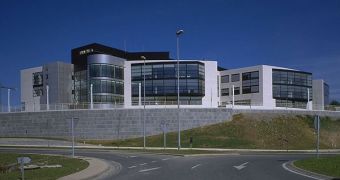The Construction Unit at Tecnalia along with the University of Cantabria have been working on the development of a new product for the construction sector, that will boost the efficiency or photovoltaic solar systems.
The project is called the Sunglass project and it is supposed to increase the use of the renewable energy in the construction sector, by increasing the performances of the currently existing solar panels, that go only up to 15%.
The term “photovoltaic” means “light-electricity” and the technology began to develop in the 50's.
Today, this is the only way of reducing carbon emissions so passing towards a sustainable development in the building sector is an important step.
Currently used solar cells are good but research has focused on changing the semiconductor material so that a bigger part of the solar spectrum can be used.
What the Sunglass project brings new, is the alternative approach that involves the "conversion of frequencies" phenomenon, which absorbs photons of certain frequencies and emits another range of frequencies.
As this is a complex project, several photoactive compounds were tested with the aim of determining their capacity of absorbing high-frequency radiation, so that it can be emitted more efficiently for solar cells.
Another objective was the implementation of these materials in the glass coating of solar panels, as they could be used to develop a special glass for photovoltaic applications.
This way, replacing the current glass of solar panels by the new product, would increase the energy efficiency.
Using the “conversion of frequencies” produced by the glass, the radiation incident on the solar cells is more effective and it also increases the efficiency of the solar cells themselves - about 2-3 %.
Another positive thing about this new technique is that it boosts the production of clean energy without acoustic contamination and it avoids greenhouse effect gas emissions.

 14 DAY TRIAL //
14 DAY TRIAL //